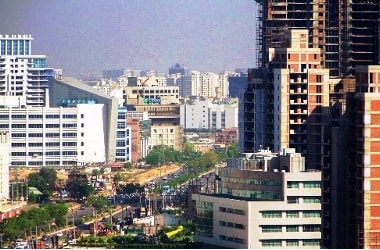
Cities with heavily built-up areas and concrete structures are supposed to have higher temperature than non-urban regions due to urban heat island effect.
Contrary to this common notion, a “majority” of 84 cities across India, particularly those in central India and Gangetic Basin, have lower daytime temperature from March to May compared with the surrounding non-urban areas (taken as 1 km radius of the city).
The results based on a 13-year land surface temperature record from satellite sensors is not in agreement with the general understanding of urban climate and surface urban heat island effect in tropical cities.
The results once again highlight the importance of increasing the vegetation cover in cities to effectively mitigate the urban heat island effect.
While cities have lower daytime temperature than surrounding non-urban areas from March to May, it is the reverse during nights.
During night time, the cities, particularly those in the Gangetic Basin, were hotter than non-urban areas.
This is prominent in cities that are located in the arid region. This was not seen in coastal cities.
The relatively high vegetation cover leading to higher evapo-transpiration compared with nearby non-urban areas leads cooler urban areas during the day in summer.
While the cities have more trees, the non-urban areas are mostly crop lands and are barren during the summer months.
The
absence of evapo-transpiration during night and the heat contained in the concrete structures increases the night time temperature in the cities during March to May.